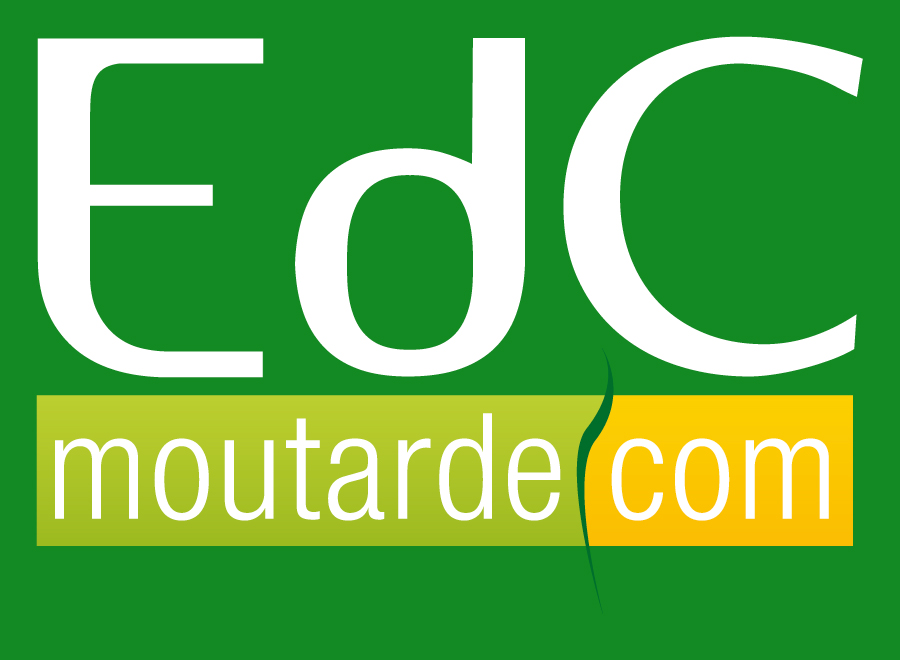History
Denis Bornier, Master Mustard Maker, creates Maison Bornier in the village of Messigny-et-Vantoux in Burgundy, and gives birth to two historic brands : Bornier and Téméraire
La Maison Bornier is a well-known handcraft French Mustard Maker who received several gold medals at the Dijon and Paris Fairs (in 1855, 1858 and 1865), before starting to export worldwide in 1945
La Maison Bornier becomes Européenne de Condiments and moves to Couchey, south of Dijon. The company then decides to develop Private Labels as a mustards supplier, and this strategy will be decisive for its future growth.
Encounter between Kühne and Européenne de Condiments. The family-group Kühne is born in 1722 in Berlin. At first small vinegar distillery, Kühne expanded significantly in Germany after being designated Royal Supplier of Vinegar by the King’s Court by building manufacturing sites throughout Germany and by extending its product range (mustard, mayonnaise, sauerkraut and gherkins).
The mustard production of Européenne de Condiments is multiplied by 10 within 30 years, which hoist it to a strong N°2 position on the French mustard market. At the same time, the Kühne Family takes over 100% of EdC shares in order to perpetuate its commercial development.
La Maison Bornier celebrates its 200th anniversary !
A bit of Mustard history…
In the 14th century, mustard was served at the table of the Dukes of Burgundy during sumptuous celebrations and became synonymous with wealth and refinement.
From 1390, manufacture of Dijon mustard was regulated: anyone who mas a bad mustard was immediately and highly fined.
What does the legend say?
In 1383, Charles VI, King of France, called upon Philippe Le Hardi (Philip the Bold), Duke of Burgundy, to help rescue the besieged Count of Flanders. He gathered an army of 1000 men, and decided to tax the powerful sénévé merchants (the name for mustard at that time) to fund it.
While returning to Dijon after having won the battle, he said « Moult me tarde de rentrer à Dijon » (which means I cannot wait to go back to Dijon), a sentence that was embroidered on his flag.
But upon arrival to Dijon, the flag was wavering in the wind and one of the folds hid the word “me”. The people of Dijon saw the flag from far in the distance and cried out “the mustard maker army is arriving“. In recognition of this, Philip the Bold authorized the sénevé producers to be known as mustard makers and use the Burgundy coat of arms on their products.
